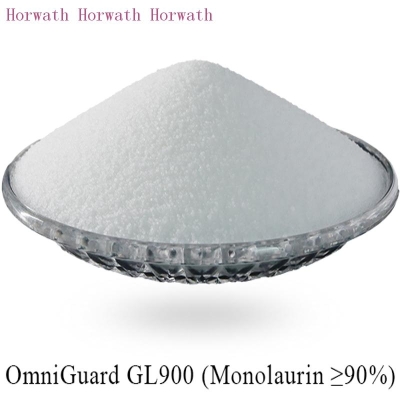Price rise of imported non GM soybeans in Japan
-
Last Update: 2001-12-03
-
Source: Internet
-
Author: User
Search more information of high quality chemicals, good prices and reliable suppliers, visit
www.echemi.com
Introduction: Japan's economic news reported that Japan is an important import country of agricultural products in the world, and its market demand for soybeans has been kept at a very high level Soybeans only used for food processing (non oil extraction) need about 1 million tons every year Soybean imports are mainly from the United States, Brazil, Argentina, Canada and China But recently the price of non GMO soybeans from the United States is rising The reason is that in 2001, the proportion of genetically modified soybeans in American soybean planting is still relatively high, while that of non genetically modified soybeans is still relatively high Due to the drought of climate, the production of Canadian products, which are more than the total production of soybeans in 2000, may be significantly reduced compared with the production of 2.7 million tons in 2000 Therefore, the quantity of non genetically modified soybeans available in Japanese market is not suitable Ask And the rising price and cost of imported soybeans is likely to promote the domestic soybean market in Japan The use of non GMO soybeans in the Japanese market is an important raw material for the production and processing of tofu and natto besides oil extraction, which is called edible soybeans As the production cost of this part of food is relatively high, the import price of edible soybean is determined on the basis of the Chicago Mercantile Exchange soybean market, plus the price plus discount The price plus discount for non GM soybeans is now targeted at the representative edible soybeans, i.e those produced in Indiana, Ohio and Michigan in the United States, with a discount of about $0.7 per bushel The discount price is about 0.1 US dollars higher than that of the same size soybean in 2000, about 17% higher The recent low price of CME soybean market, which is the basis of pricing, is 4.9% higher than the price in late October, reaching 4.41 USD per bushel, showing a return trend of price The cost of importing non GMO soybeans has risen as the price of soybeans from the producing areas has been pushed up Japan's food soybean market is about one million tons per year Since 1999, the demand for non GM soybeans in Japan has been formally included in the regular production and processing requirements Originally, Japan's food processing industry proposed to start from the launch of soybeans in 2000, turning all soybeans used to process food raw materials into non genetically modified products, so the import plus discount was roughly stable at the level of 0.6 US dollars per bushel The significant increase in the premium for 2001 soybean production is obviously due to the decrease of non GMO soybean production in the United States and the decrease of non GMO soybean production in Canada Among the soybeans produced in the United States, the proportion of genetically modified soybeans is almost increasing year by year According to the statistics since 1996, the proportion of genetically modified soybeans in the total soybean production was only about 10% in that year, but it has increased in a linear way since then In 2000, genetically modified soybeans accounted for about 54% of the total output, while in 2001, genetically modified soybeans are expected to reach 68%, 14 percentage points higher than that in 2000 Now, as long as the competent government departments sign cultivation contracts with different farmers, it will be difficult to regulate the reduction of non GM soybeans in the market In recent years, the annual production of soybeans in Canada has jumped to a high level of 2.7 million tons, and the export to Japan is also receiving attention In 2000, the number of soybeans exported to Japan increased, accounting for about 20% of Japan's food soybean market However, due to the abnormal climate in Quebec and other places, the total output of 2001 soybean is about 20% lower than that in 2000, so Japan can only focus on the choice of American soybean for food In addition to 1 million tons of soybeans for food use each year, the Japanese market needs more soybeans for oil extraction When Japanese oil producers import soybeans for oil extraction, they all set prices according to the market of soybeans on the Chicago Mercantile Exchange The import price setting of soybeans for food is usually based on the quantity predicted by the business operators and wholesalers, so the supply-demand relationship in Japan will directly affect the price setting The demand for soybeans to produce tofu and natto in Japan is still in a low level of change, and the price of imported soybeans for food this year is higher than the import cost of soybeans for food in 2000 The price of non GMO soybean, which is produced in Indiana, Ohio and Michigan, is about 57500 yen per ton This price increase of direct delivery to users can be said to be the main reason for boosting the domestic market.
This article is an English version of an article which is originally in the Chinese language on echemi.com and is provided for information purposes only.
This website makes no representation or warranty of any kind, either expressed or implied, as to the accuracy, completeness ownership or reliability of
the article or any translations thereof. If you have any concerns or complaints relating to the article, please send an email, providing a detailed
description of the concern or complaint, to
service@echemi.com. A staff member will contact you within 5 working days. Once verified, infringing content
will be removed immediately.







